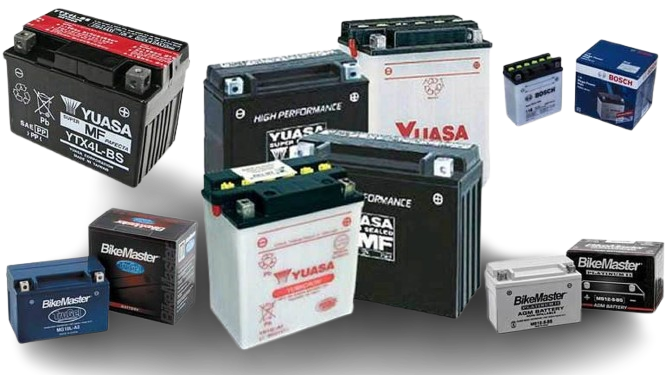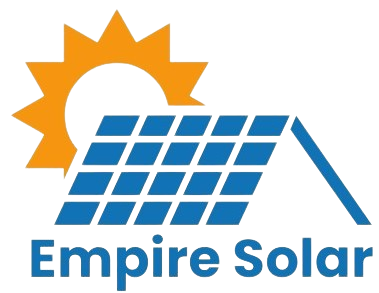All About Solar Batteries
- Home
- Solar Inverter


Everything to know About Solar Batteries
Battery your way to grid independency
A totally grid independent sustainable green energy solution is is made possible only by sufficient battery backup. Let’s have a deep dive into all aspects that make a solar batteries.
What is a Solar Battery?
A battery is a device which converts electrical energy into chemical energy and vice versa. Many varieties of batteries exist as per needs of system. Lets have a look at some batteries important in solar system.
Common Terms Related to Solar Inveter
Strings
Shading
Blackout
Maximum Power Point Tracking
Energy Production
Efficiency
Temperature Coeffecient
Solar panels connected in series are called “strings”.
Strings of solar panels that are obstructed from sunlight by tree, building shadow or any hurdle.
Electricity grid power outage.
Circuit that tracks point of panel where product of voltage and current generated is the highest.
Log of data in kwh that records solar electricity produced by installed panels
Overall percentage the depicts the performance of panels in comparison to others. It is the percentage conversion of power from sun to electricity.
The value which measures deterioration in output as temperature of panel is increased.
How Does a Lead Acid Battery Work?
During charging of battery, current is passed through it which causes some chemical changes inside the battery. This chemical changes absorb energy during their formation. A typical Lead Acid Battery consists of Lead Peroxide (PbO2) that works as positive plate .
The negative plate is made of pure lead in soft sponge condition.
Electrolyte is made of Dilute Sulfuric Acid (H2SO4)
Type of lead acid batteries
Traditional Flat Plate Lead Acid Battery
Traditional widely available version of lead acid battery. It is a lead-acid battery design with flat electrodes.
-
Most widely used solar inverter in Australia
Tubular Batteries
Advanced lead-acid batteries with tubular positive plates, designed for better durability and efficiency.
-
Each panel is individually managed.
-
Shading of individual panels does not drop total system efficiency.
-
Provide Individual panel data.
-
Allows for more scalability.
-
Better identification and rectification of individual panel issues.
-
Increased system cost because of increased hardware.
Sealed Lead Acid (AGM/Gel)
Includes Absorbent Glass Mat (AGM) and Gel batteries, which are maintenance-free.
-
It is the most flexible inverter allowing solar, grid and battery backup to all work together.
-
Battery charging and management capabilities.
-
More input or output options than any other configuration.
-
Availability of backup power in case of grid outage.
-
More Costly than on grid option.
-
Environmental impact because of battery backup.
Cost of Solar Dream
Now you have a grasp of available options in solar panels so let’s address the elephant in the room, How much do they cost?
Factors effecting cost of system
To estimate your solar system cost
Specify energy demand / solar system size
Demand can be estimated from annual energy consumption from your electricity bills, use the calculator to get daily energy demand and suggested systems that meet your needs.
Choose your panel tier.
Specify the dimensions, alignment and angle of roof or specify the dimension of ground location proposed for installation.
Get quote based on your custom demands or choose from available options
Solar Demand Calculator
Let us Empower your Solar Dream
To get a hassle free solar generation experience contact our experts and let them do their magic.

